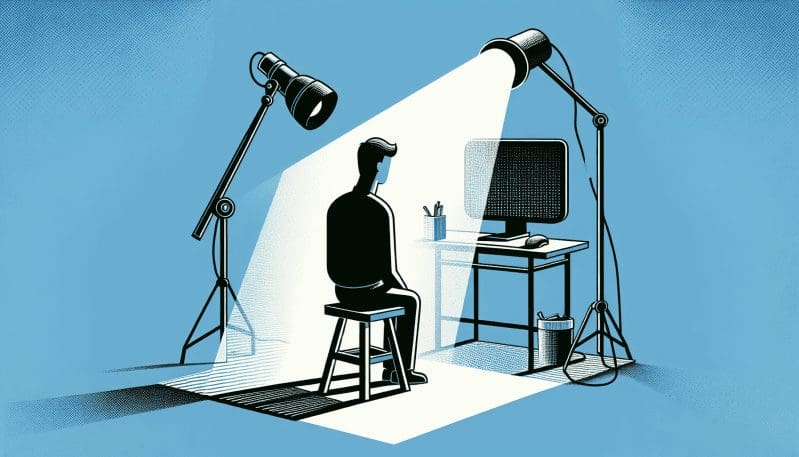The Unseen Epidemic: Addressing Workplace-Induced Chronic Pain and Its Economic Implications
- Home
- The Unseen Epidemic: Addressing Workplace-Induced Chronic Pain and Its Economic Implications

- Editors Desk
- March 28, 2024
- 0 Comments
The Unseen Epidemic: Addressing Workplace-Induced Chronic Pain and Its Economic Implications
Across various sectors, a silent epidemic is taking its toll on workers. It’s not as immediately noticeable as a workplace injury or as dramatic as an acute health event, but its impact is profound. Workplace-induced chronic pain affects an astonishing number of individuals, with studies indicating that a significant percentage of the workforce reports symptoms of conditions such as carpal tunnel, lower back pain, and tendinitis – ailments commonly associated with repetitive stress, inadequate ergonomics, and sedentary job roles.
These statistics propel us into an often overlooked reality: for countless employees, the pain becomes a relentless companion, with long-term effects that ripple out to touch every facet of life, from physical functioning to mental health. Chronic pain’s persistence can drain vitality, diminish job satisfaction, and create an undertow of stress that is difficult to navigate, both for the sufferer and their loved ones.
The ramifications extend beyond the personal to the economic plane, where the toll of chronic pain is measured in stark numbers: reduced productivity levels, higher turnover rates, and soaring healthcare costs. Businesses bear the brunt of absenteeism and presenteeism – where employees are at work but operating at a diminished capacity due to pain. Consequently, the economic losses attributed to chronic pain are staggering, running into billions annually, a heavyweight on any economy’s shoulders.
Within this landscape, employers are increasingly held accountable for the health and safety of their workplaces. Legal mandates and moral imperatives converge, underscoring the necessity of preventive interventions. But what can truly be done to address this unseen epidemic?
There is a growing consensus on the effectiveness of ergonomic assessments and the need to weave physical activity seamlessly into the rhythm of the workday. The benefits are multi-fold, not least in preempting the onset of chronic pain. Innovative companies leading the charge have seen remarkable results: improved employee well-being, productivity, and a marked decrease in healthcare claims and associated costs. Integrating ergonomic furniture, encouraging frequent breaks, and facilitating stretching or exercise sessions are just a few measures that have made a tangible difference.
However, the journey is not without its challenges. Reengineering the workplace ethos involves education, investment, and a sustained commitment to change. It demands a culture that values health as much as productivity, where the well-being of workers is not ancillary but a cornerstone of business success.
In conclusion, the fight against workplace-induced chronic pain is both a necessity and an opportunity. It calls upon industry leaders, policymakers, and healthcare providers to form a united front, catalyzing a movement that champions preventative measures and innovative solutions. The rewards are immense, not just for the individual worker, but for the economic vitality of businesses and the broader economy. It is a clarion call for action – one that promises a future where no worker is left behind in the shadow of chronic pain.

Leave A Comment